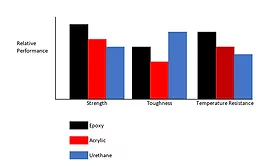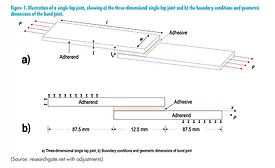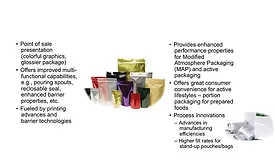George W. Ritter, Ph.D.
George W. Ritter, Ph.D., is a director of The ChemQuest Group Inc. For more information, visit www.chemquest.com.
ARTICLES
Lightweighting of structures and combining of materials to take advantage of their best properties is becoming a part of engineering design, and adhesives will play an increasing role in those future designs and applications.
Read More
Strategic Solutions
Assembly with Adhesives
Three key steps must be undertaken when considering the use of adhesives in assembly operations.
October 11, 2021
Strategic Solutions
What Tests Should I Run on My Structural Adhesive Systems?
Each adhesive testing protocol should add tangible value to your structural design.
October 14, 2020
Strategic Solutions
Adhesive Challenges for 21st Century Packaging
Adhesives manufacturers need to develop technologies to allow for the responsible reuse of packaging materials.
April 2, 2019
Keep the info flowing with our newsletters!
Get the latest industry updates tailored your way.
JOIN TODAY!Copyright ©2025. All Rights Reserved BNP Media.
Design, CMS, Hosting & Web Development :: ePublishing




